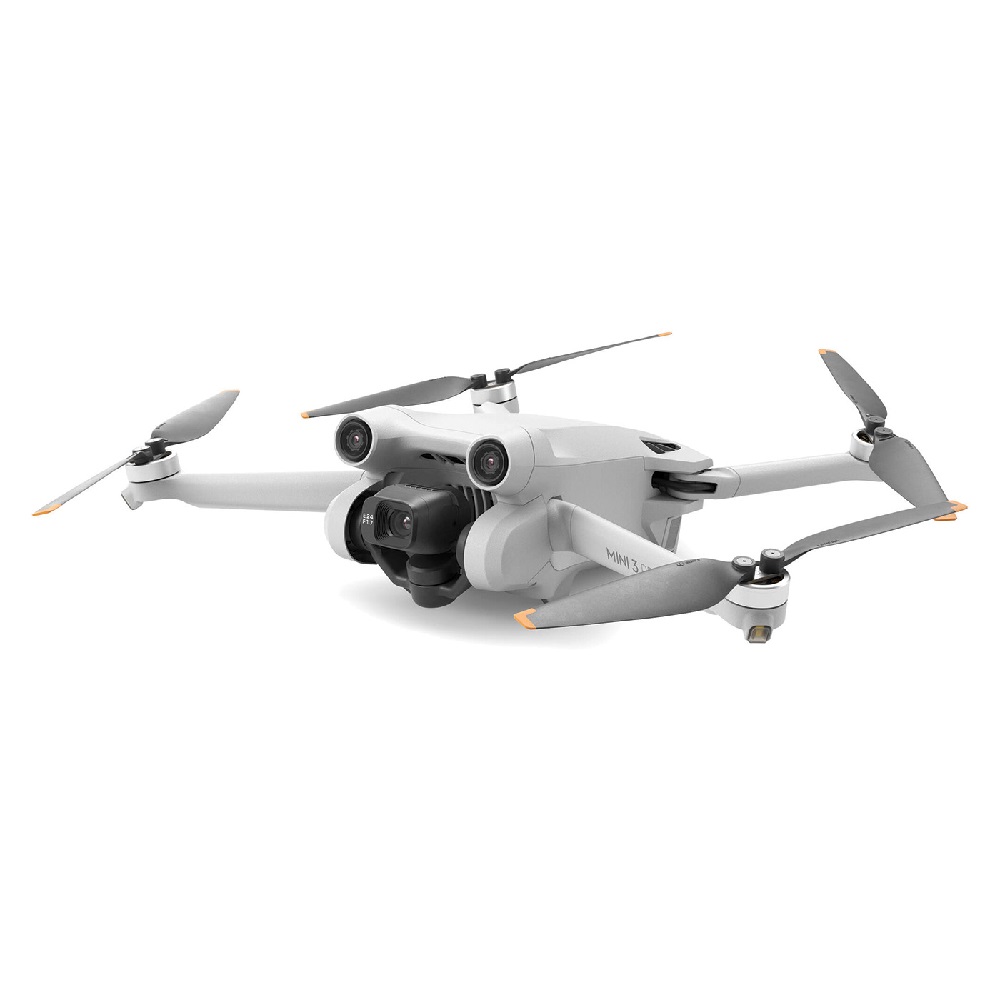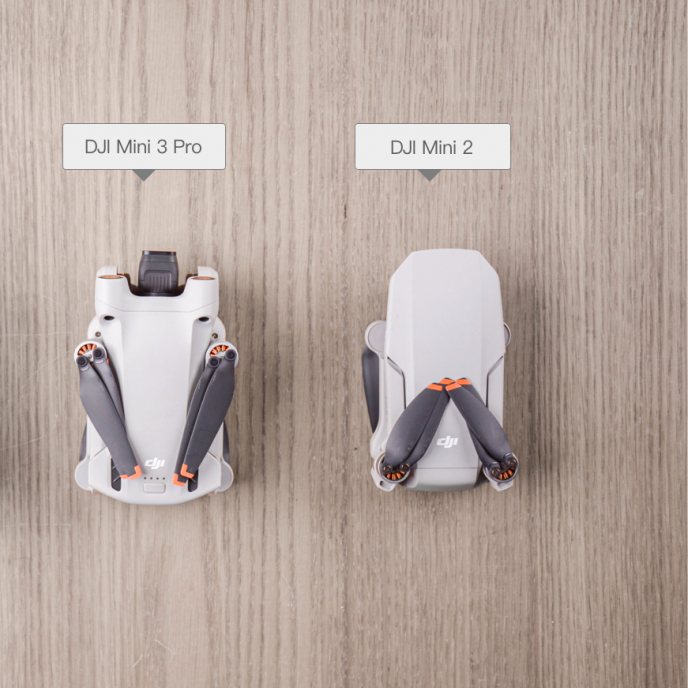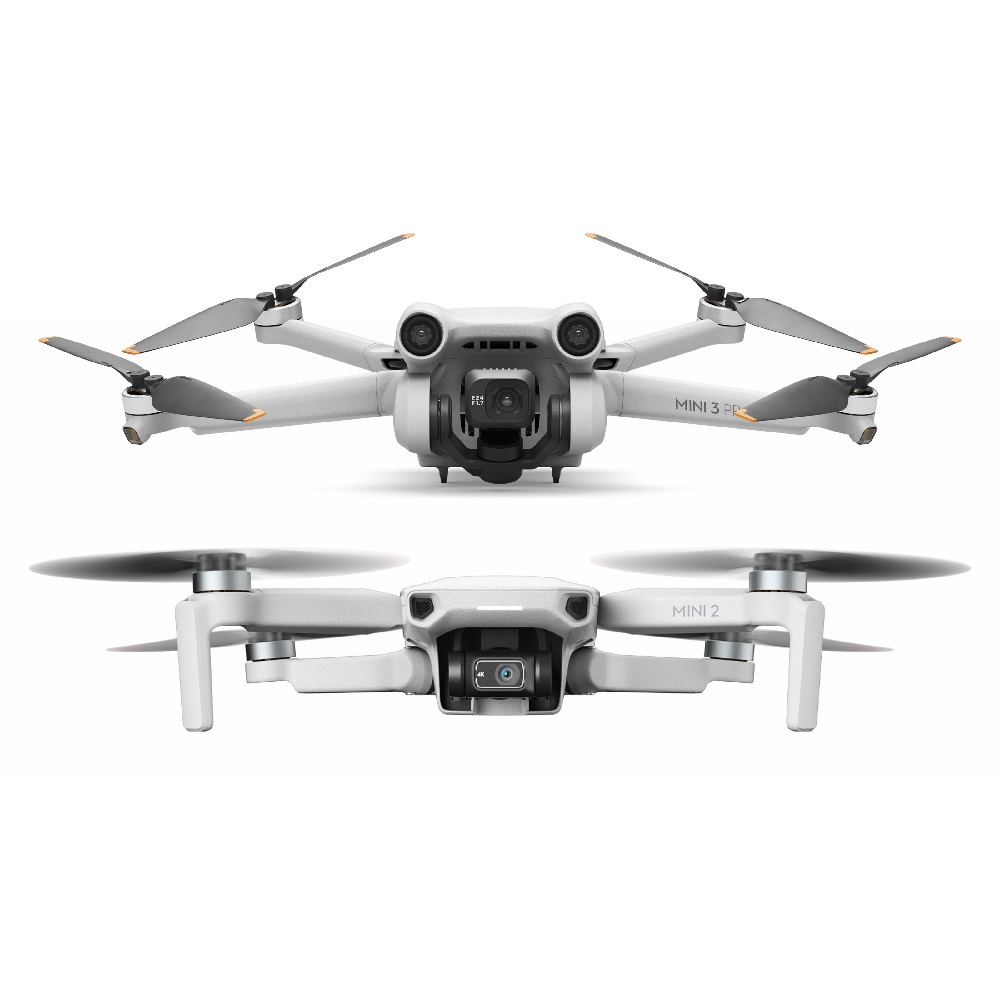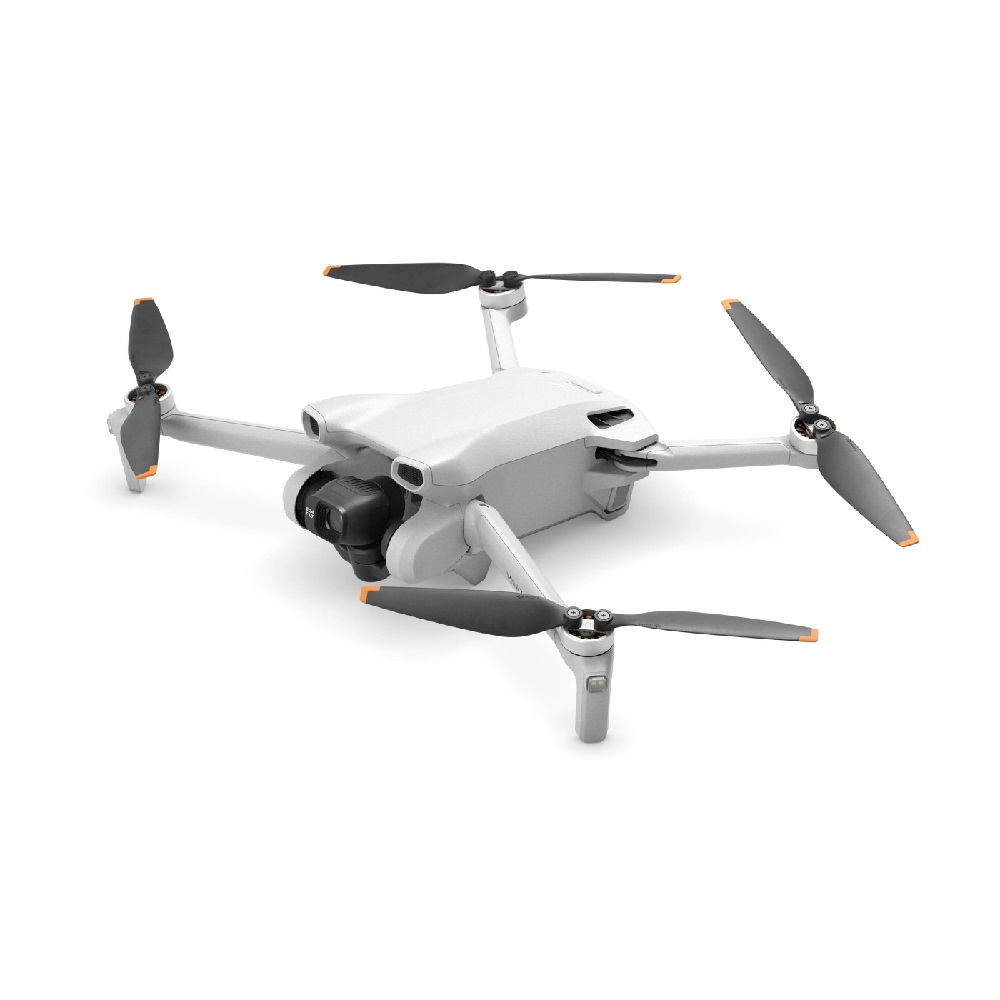Introduction
The world of drones is rapidly evolving, with new features, designs, and capabilities emerging all the time. Among popular models, the DJI Mini series stands out. This article will dive deep into the specifications and features of the DJI Mini 2 and the DJI Mini 3 Pro. Whether you’re a beginner or a seasoned pilot, you’ll find valuable insights to make an informed choice.

Overview of the DJI Mini Series
The DJI Mini series has gained immense popularity due to its compact size, ease of use, and impressive performance. This family of drones caters to enthusiasts and professionals alike. The Mini 2 was released with many features that made it a favorite for hobbyists. The Mini 3 Pro builds on this strong foundation, offering advancements that elevate the user experience.
Key Features of DJI Mini 2
The DJI Mini 2 was launched as an upgrade to the original Mini. It comes packed with a variety of features making it user-friendly and versatile.
- Camera Quality: The Mini 2 features a 12MP camera that can shoot 4K video at 30 frames per second. This capability allows for stunning aerial shots and smooth video recordings. The 3-axis gimbal stabilizes the camera, ensuring images remain sharp and clear, even in windy conditions.
- Flight Time: One of the standout features of the Mini 2 is its impressive flight time. It can stay airborne for up to 31 minutes on a single charge. This extended duration means more time capturing the perfect shot without frequent interruptions to land and recharge.
- Range and Connectivity: The Mini 2 boasts a maximum transmission distance of 10 km, thanks to DJI’s OcuSync 2.0 technology. This significant range allows users to explore further and capture unique perspectives that would otherwise be inaccessible, all while maintaining a stable connection.
- Portability: Weighing just 249 grams, the Mini 2 is incredibly lightweight. This feature not only enhances its portability but also means that users do not need to register the drone in many regions.
- User-Friendly Features: The Mini 2 offers several intelligent shooting modes. For example, QuickShots feature enables users to capture cinematic shots with just a few taps. This functionality makes the drone accessible even for those with little to no flying experience.
Key Features of DJI Mini 3 Pro
The Mini 3 Pro has been designed with advanced features and improvements over its predecessor, the Mini 2.
- Cameras and Advanced Imaging: The Mini 3 Pro elevates camera quality to a new level. It comes with a 48MP sensor that supports 4K video at 60 frames per second. This enhancement allows for higher-resolution images and smoother video playback. Additionally, the 3-axis gimbal on the Mini 3 Pro provides even better stabilization for videos.
- Battery and Flight Time Improvements: While the Mini 3 Pro maintains a competitive flight time, it offers optional large batteries that enhance flight duration even more. Users can opt for batteries that can provide up to 47 minutes of flight time, making it ideal for longer sessions in the air.
- Advanced Obstacle Avoidance: An exciting feature of the Mini 3 Pro is its tri-directional obstacle sensing capability. This drone can detect obstacles in front, behind, and below it. Such technology significantly reduces the chances of collisions, enhancing user safety and drone longevity.
- Greater Range and Advanced Connection Tech: The Mini 3 Pro is equipped with DJI’s OcuSync 3.0. This technology allows for transmission ranges up to 12 km. Additionally, the connection remains stable and clear, allowing users to fly confidently even at long distances.
- Customizable Shooting Modes: The Mini 3 Pro offers enhanced shooting modes that make creativity easy. Features like Mastershots allow users to automate complex shots while still retaining artistic control. This flexibility invites users to engage more creatively with their shooting.
Detailed Specifications Comparison
To make a more informed decision, it is essential to compare the specifications of both drones side by side. The specifications can often be the determining factor for many buyers.
Camera Specifications
Camera quality can make or break the aerial photography experience.
DJI Mini 2 Camera Specs:
- 12MP sensor
- 4K video at 30fps
- 3-axis gimbal
DJI Mini 3 Pro Camera Specs:
- 48MP sensor
- 4K video at 60fps
- 3-axis gimbal with enhanced stabilization
An evident difference lies in both drones’ sensor capabilities. The Mini 3 Pro offers higher megapixels and smoother frame rates. This aspect becomes crucial for professionals looking to produce cinematic content.
Flight Performance
Let’s compare flight specifications, as performance is crucial for any drone.
DJI Mini 2 Flight Specs:
- Flight time: 31 minutes
- Maximum range: 10 km
- Wind resistance: Up to 29-38 km/h
DJI Mini 3 Pro Flight Specs:
- Flight time: Up to 47 minutes (with larger battery)
- Maximum range: 12 km
- Wind resistance: Up to 38 km/h
The Mini 3 Pro outshines the Mini 2 in battery capacity and flight duration, making it a better choice for long shoots. Additionally, the increased wind resistance enhances its robustness in challenging conditions.
Safety Features
Safety remains paramount in drone flying.
DJI Mini 2 Safety Features:
- GPS & GLONASS
- Basic return-to-home function
DJI Mini 3 Pro Safety Features:
- Tri-directional obstacle avoidance
- Advanced return-to-home function
- Advanced GPS functionalities
The Mini 3 Pro introduces enhanced safety features that are crucial for beginners and experienced users alike. The tri-directional sensing allows the pilot to fly confidently without the fear of collisions.
Pricing Comparison
When choosing between the Mini 2 and Mini 3 Pro, cost is a significant consideration for most potential buyers.
DJI Mini 2 Pricing
The Mini 2 has a competitive price point. It often attracts beginners who cherish affordability without sacrificing quality. The pricing typically ranges from $449 to $499, depending on the package and additional accessories included.
DJI Mini 3 Pro Pricing
On the other hand, the Mini 3 Pro is positioned as a premium option. It generally comes with a higher price tag, usually ranging between $769 to $999. This price reflects its superior features, advanced technology, and improved capabilities.
While the Mini 2 offers fantastic value, the Mini 3 Pro caters to users looking for more advanced technology and performance.
User Experience and Application
When considering which drone to choose, it’s essential to assess how each drone performs in real-world scenarios. User experience plays a critical role in the overall evaluation.
DJI Mini 2 User Experience
Many users praise the Mini 2 for its simplicity and ease of use. The setup process is quick, making it easy for beginners to become proficient. It carries many user-friendly features, allowing users to focus more on capturing beautiful footage rather than worrying about complex controls.
The long flight time means users can take their time to find the perfect angles. Many hobbyists appreciate how accessible it is for casual photography or fun flying experiences. Despite being an entry-level drone, its performance can satisfy those who wish to explore aerial photography without breaking the bank.
DJI Mini 3 Pro User Experience
The Mini 3 Pro naturally appeals to a different audience. It’s more suitable for professionals and enthusiasts who demand higher quality content. The camera’s capabilities allow for impressive, cinematic-quality footage.
Users often remark on the improved stability, especially in windy conditions. The advanced obstacle avoidance offers peace of mind, allowing pilots to fly freely without constant worry about collisions. Many also appreciate the longer flight duration, enabling extended shoots without needing to land frequently.
While the Mini 3 Pro commands a higher price, the investment pays off in terms of potential quality and usability. Professionals can depend on its features for essential shoots and projects.
Conclusion: Making the Right Choice
Choosing between the DJI Mini 2 and the Mini 3 Pro often boils down to your specific needs and budget. If you’re a beginner or casual user wanting to capture beautiful aerial images, the Mini 2 serves as an excellent choice. It balances affordability, quality, and ease of use.
For those seeking advanced features, improved camera quality, and enhanced performance capabilities, the Mini 3 Pro is well worth the investment. Its advanced technology caters to more serious users, offering better safety features and creative versatility.
Ultimately, both the DJI Mini 2 and Mini 3 Pro are fantastic drones. Regardless of which you choose, you are guaranteed an enjoyable flying experience that will open up new worlds of aerial photography and videography. Decisions should revolve around your experience level, needs, and how you plan to use the drone. Happy flying!


